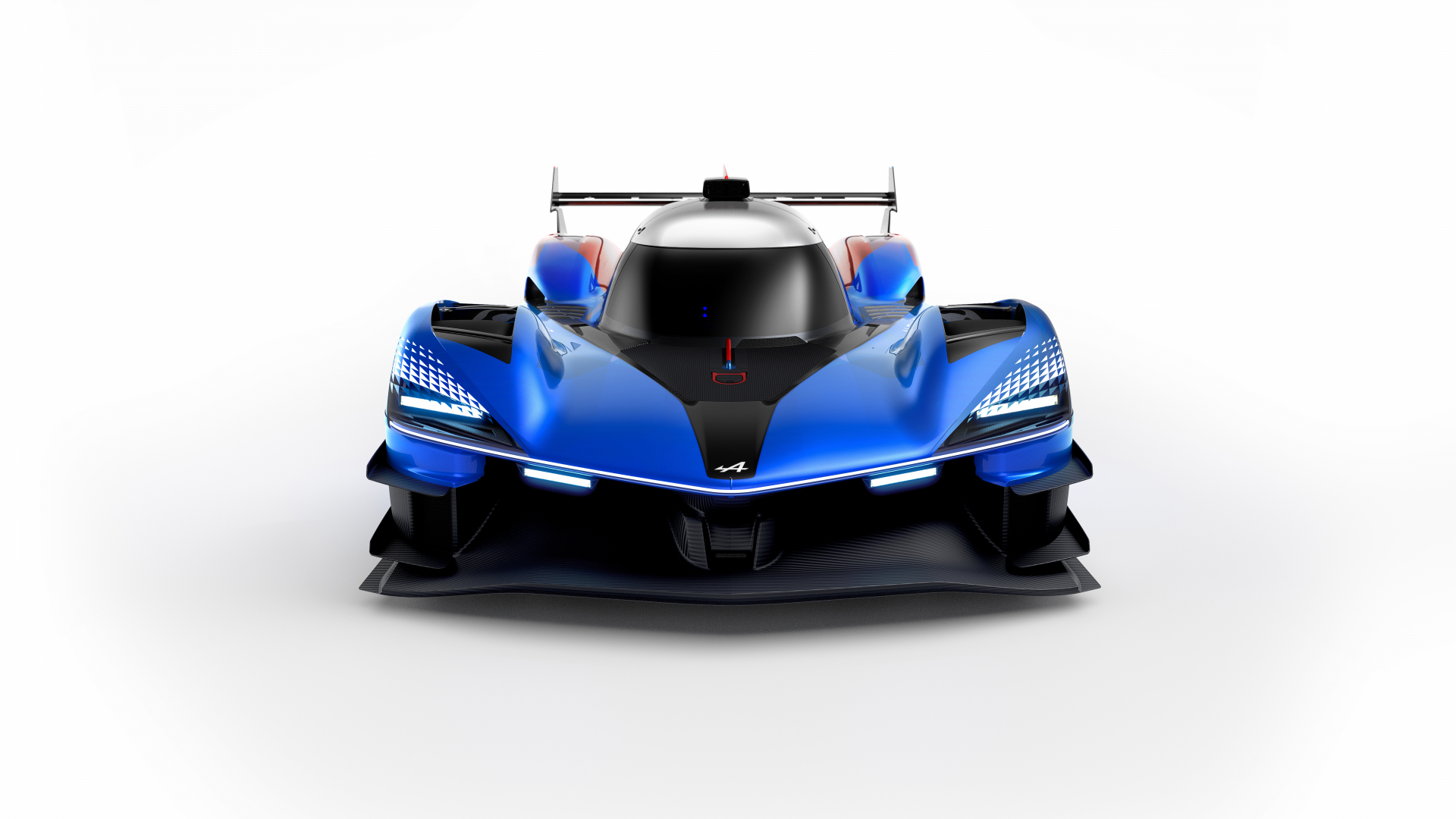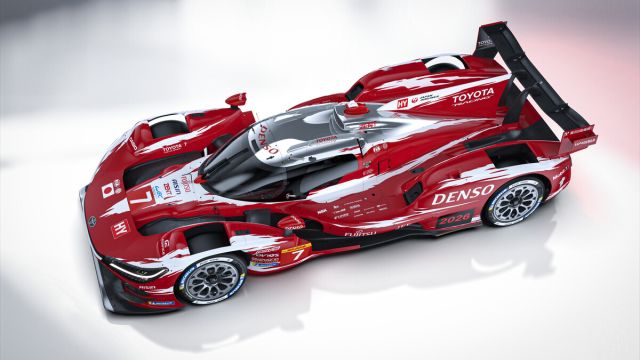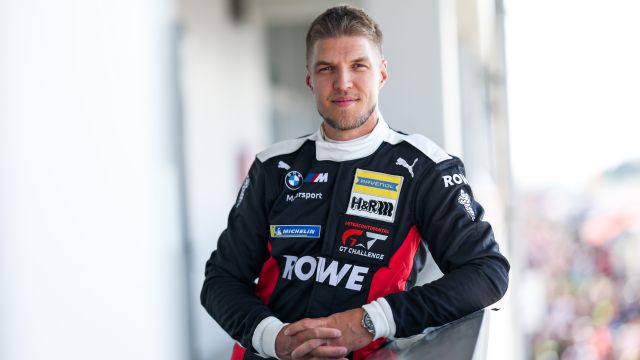Christophe Chapelain (Alpine A424): "The best LMDh while anticipating future BoP changes"
What can you tell us about the chassis?
In LMDh, each brand must work with one of the four homologated partners. In Endurance, we have collaborated with Oreca since 2013. We consulted the three other constructors. They all have their strengths, but Oreca's experience prevailed, even more so in the context of a 100% French project. We worked with Oreca on the chassis, engine integration and the input of our stylists to include the character traits of future Alpines in collaboration with their aerodynamicists.
- A424_ β: Alpine reveals its future Hypercar for endurance racing's premier category
- ITW Bruno Famin : "Alpine is on its way to the top!"
How is this collaboration going? What compromises have you had to make to adopt Alpine's styling cues?
We work incredibly well with Oreca. From the outset, they have been tremendously reactive to our demands whilst providing us with a wealth of information for the engine integration. As for the chassis, it's the first time they've dealt with so much input from car designers. Compromises had to be made, between the desire for design and certain regulatory aspects for example. However, the aerodynamic window leaves enough room to incorporate many ideas whilst converging towards the required windows. We had to reunite two different worlds and the result is magnificent. It shows that everyone has worked in the same direction to make this project successful, not only in terms of style today, but also on track tomorrow.
What can you tell us about the engine?
We have teamed up with Mecachrome for the powertrain. Mecachrome has experience in Endurance racing and we conducted several studies and tests starting in June 2022. It enabled us to analyse its advantages and disadvantages so that our teams of Formula 1 engineers could draw up specifications, define the architecture and calibrate it for the desired performance range. The engineers at Viry were very much involved, sharing their capabilities, resources and methods with us to improve power, reliability and materials.

In simple terms, it's a 3.4-litre single-turbo V6. We'll be the only ones with this configuration. As required by the regulations, all the LMDh competitors have an engine coupled to an Xtrac gearbox, a standard Bosch hybrid box and a Williams battery. Lastly, it must be noted that the synergies with F1 are such that our LMDh software is strongly inspired by F1. The F1 cost cap also works in our favour, as it frees up dyno hours in addition to those available at Mecachrome.
What were the main challenges of this project?
Although Signatech has a great deal of experience in endurance racing, key subjects such as the balance of performance are new to us. The aim is to make the best LMDh while anticipating future BoP changes.
What's next for the A424_β?
As an engineer, I'm always keen to get on the track as soon as possible. All of us can't wait for our first laps. In the meantime, our engine continues to run on the dyno before a first start scheduled for 28 June. Then we will conduct a shakedown by the end of July before starting a series of test sessions from August.
What is the homologation timetable?
This is an incredibly important aspect. By August, we should have built a second car and fitted it with an engine to send it to the United States for wind tunnel testing in mid-November. With two preparation sessions, we'll need to get as close as possible to the final configuration of the Alpine A424 as it will be used for homologation purposes. It's not a difficult exercise, but we have to avoid any delays. After that, we'll head off to the FIA for the homologation and further measurements. All this requires an extremely specific organisation.






Comments
Log in to comment the article